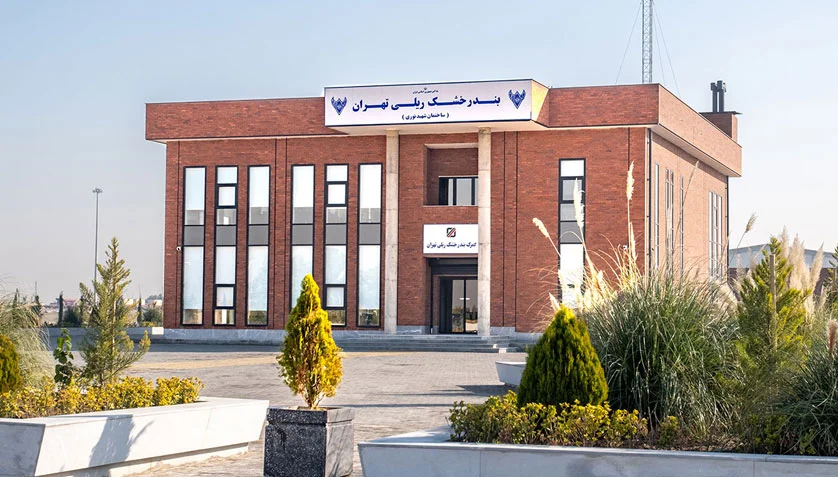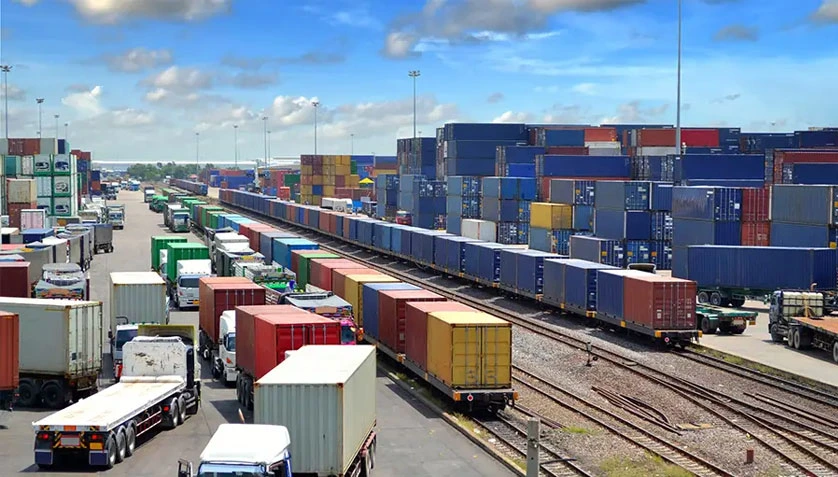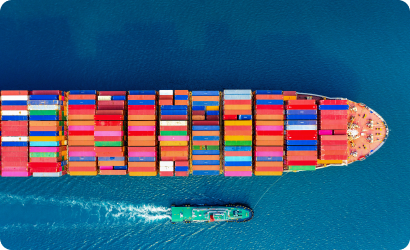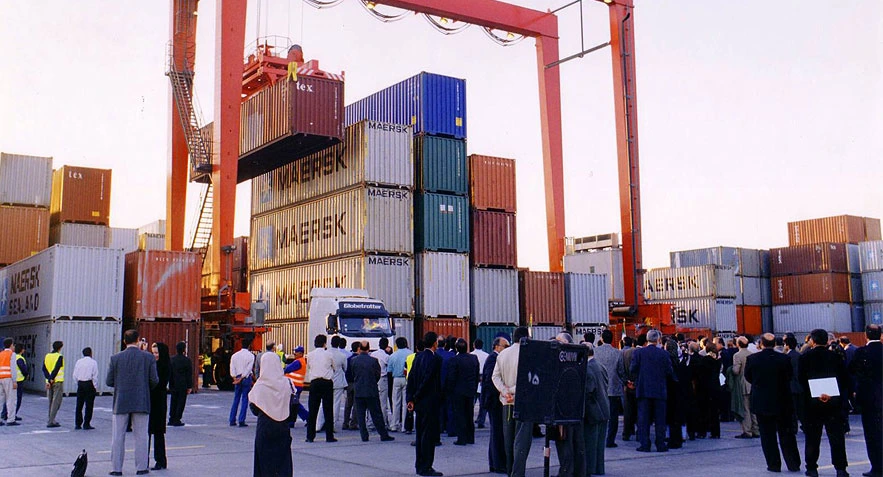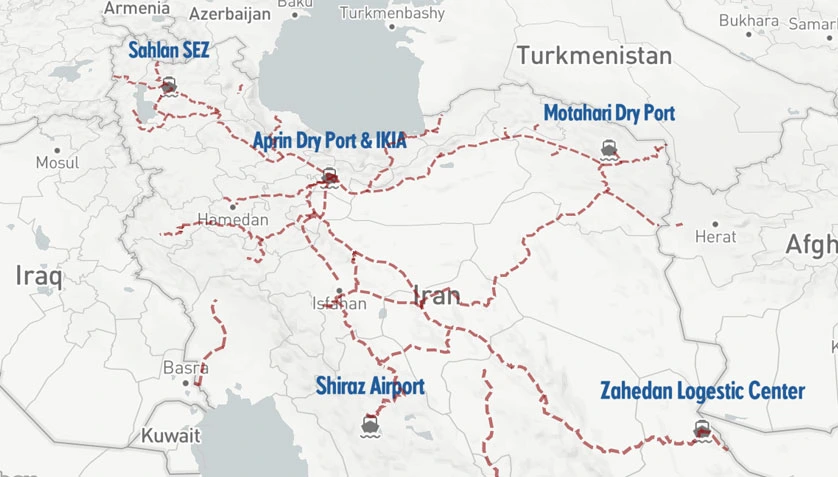The Role of Iran in International Trade from India to Europe and CIS Countries
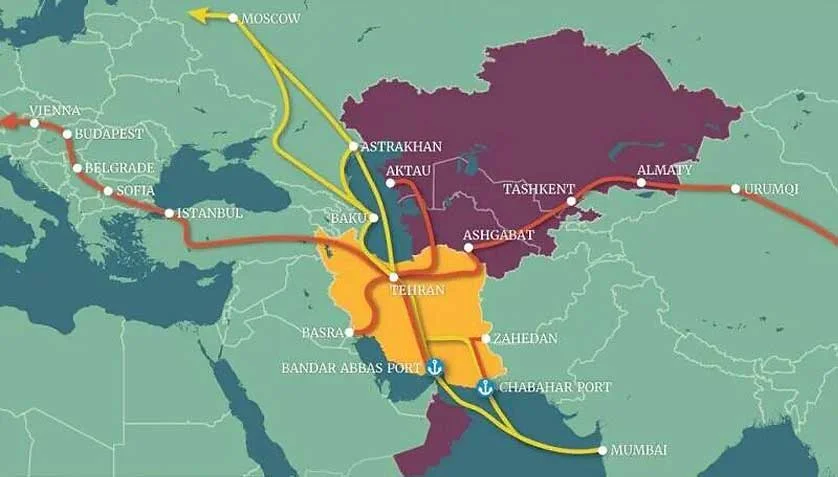
Introduction
International trade has always depended on shorter, safer, and more cost-effective routes. In recent years, with the rise of Asian economies and expanded trade between India, Europe and the Commonwealth of Independent States (CIS), demand for fast and reliable transit corridors has grown. Due to its strategic location and developing infrastructure, Iran can play a pivotal role as a bridge connecting these markets.
Trade Routes from India to Europe and the CIS: Importance and Background
India, as a major economy and producer of a wide range of goods — including textiles, pharmaceuticals, chemicals and machinery — maintains important markets in Europe and CIS countries. Traditional routes have included maritime transport via the Suez Canal and long overland routes through Central Asia. However, the expansion of terrestrial and multimodal corridors has created faster, more economical alternatives in which Iran sits as a natural gateway.
Iran's Geopolitical Position in the India–Europe–CIS Corridor
Located at the crossroads of Asia, Europe and Africa, Iran borders Central Asian and Caucasus states and enjoys access to the Persian Gulf and the Gulf of Oman. This strategic position makes Iran an attractive option for linking South Asian shipping lines to European and CIS markets. Leveraging this position can significantly reduce transit time and costs and provide a reliable alternative to long and risky maritime routes.
Logistics and Infrastructure Advantages
Key Iranian logistics strengths include:
Shahid Rajaee Port (Bandar Abbas): Iran’s largest container port and connection to the national rail network.
Chabahar Port: A southeastern gateway with advantages for interaction with India and facilitating sea-to-land transit.
Rail links to Asia and the Caucasus: Rail corridors that connect Iran to CIS countries allow faster freight movement.
Extensive road infrastructure: Appropriate coverage for last-mile delivery and connection from ports to warehouses and distribution centers.
The International North–South Transport Corridor (INSTC) and Its Impact
The INSTC is a multimodal transport network that connects India through Iran to Russia and onward to Europe. This corridor — combining maritime, rail and road transport — offers notable advantages, including reduced transit time and costs compared to traditional routes. In practice, the INSTC can cut transit times to less than half of the Suez route, increasing the attractiveness of passage through Iran.
Commercial Benefits of Choosing the Iranian Route
Choosing transit via Iran provides multiple benefits for companies and traders:
Reduced time and cost: A shorter route compared with long maritime alternatives, saving on fuel and ancillary expenses.
Transport mode diversity: The ability to combine sea, rail and road services according to cargo type and timing needs.
Access to regional markets: Facilitating trade with Gulf, Central Asian and Caucasus partners.
Suitability for time-sensitive cargo: Better for perishables, critical spare parts and pharmaceuticals.
Challenges and Remedies
Despite the advantages, the Iranian route faces obstacles that, if not addressed, could limit the corridor's effectiveness. These include:
International sanctions and restrictions: Complicating banking and transit interactions.
Need for further infrastructure upgrades: In key nodes such as terminals, warehousing and rail equipment.
Lengthy or inefficient customs procedures: Affecting transit speed.
Outlook
Given global trade trends and pressure to reduce delivery times, land and short-sea routes via Iran have significant growth potential. New investments in ports, railways and logistics technologies, together with regional agreements, can position Iran as the main transport hub between India and Europe. Over time, this shift could stimulate regional economic growth and strengthen Iran’s role in global supply chains.
Conclusion: PTB Group's Capacities and Role
Iran’s role in international trade from India to Europe and the CIS is increasingly prominent. PTB Group — with dedicated facilities such as its terminal in Bandar Abbas, the Aprin Dry port near Tehran, and an integrated network of road and rail services — is well-positioned to play a leading role in this transformation.
Dedicated terminal at Bandar Abbas: Close connectivity to main maritime and rail corridors.
Aprin Dry port: Strategic transit and distribution hub with fast access to road and rail networks.
Multimodal transport services: Seamless integration of sea, rail and road to optimize cost and transit time.
Warehousing and customs facilitation: Streamlined processes to minimize dwell time at borders.
Experience and partner network: Proven track record in large logistics projects and strong regional partnerships that reduce operational risk.
Your email address will not be published. Required fields are marked *

